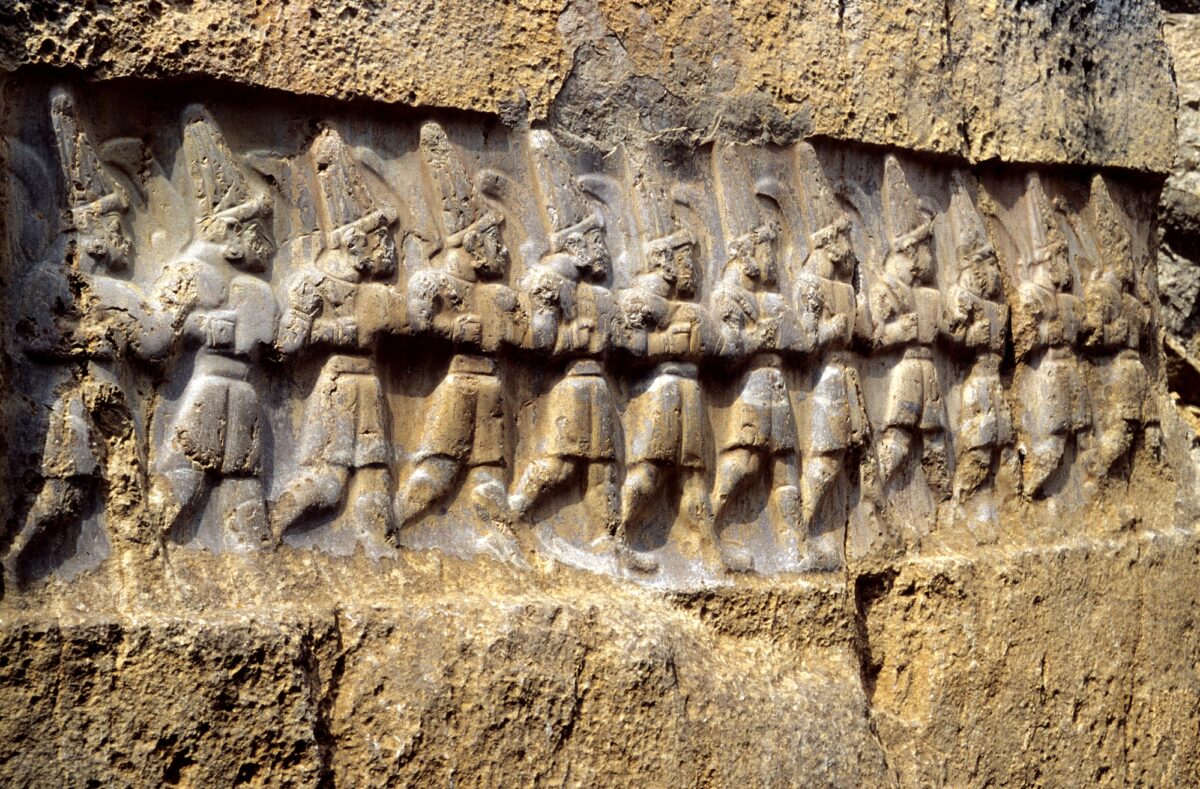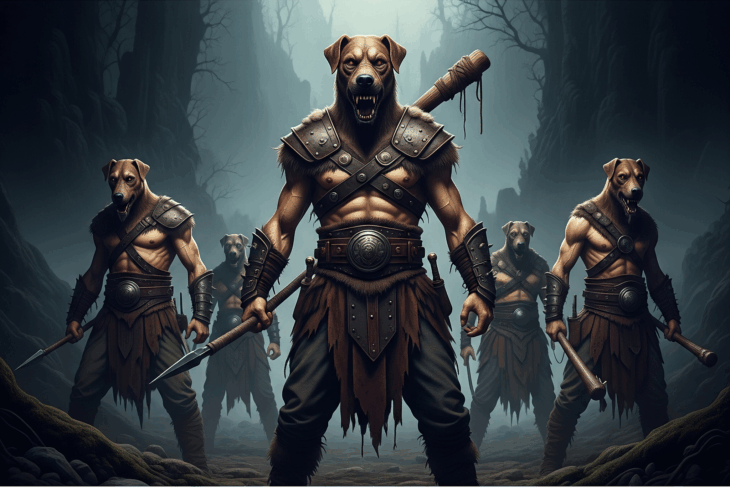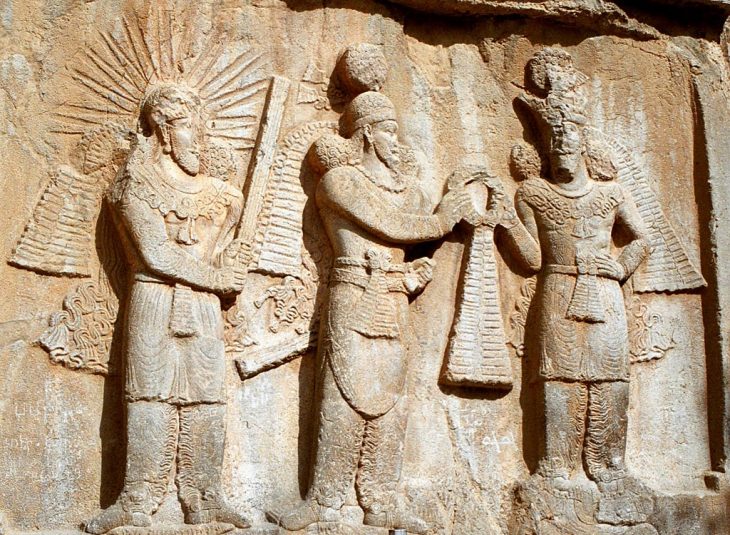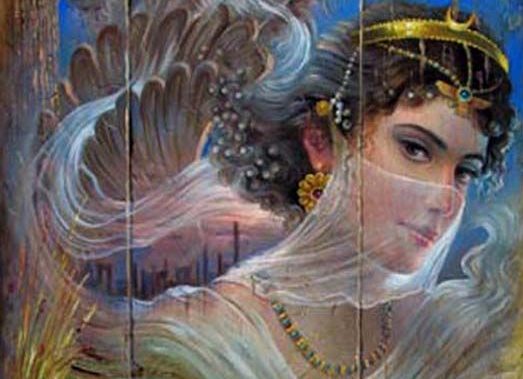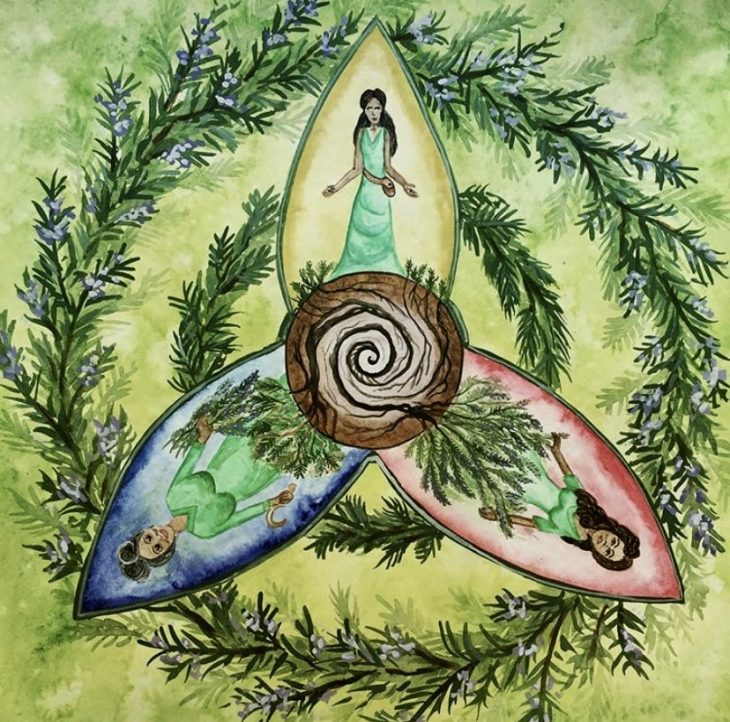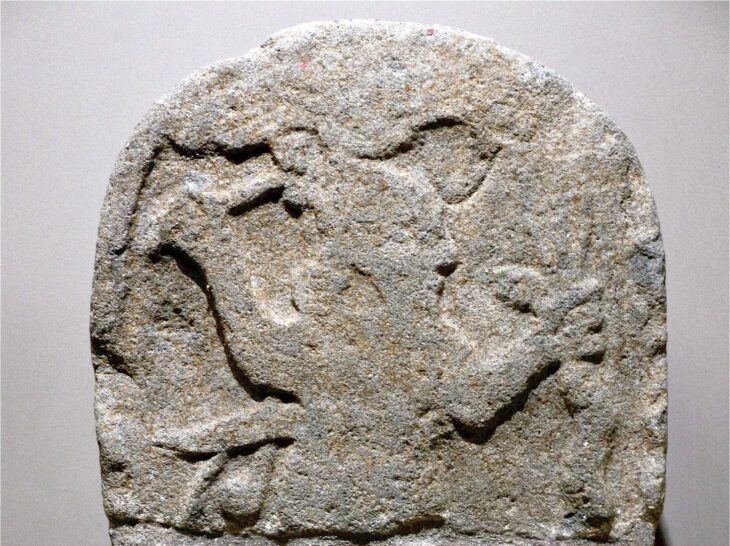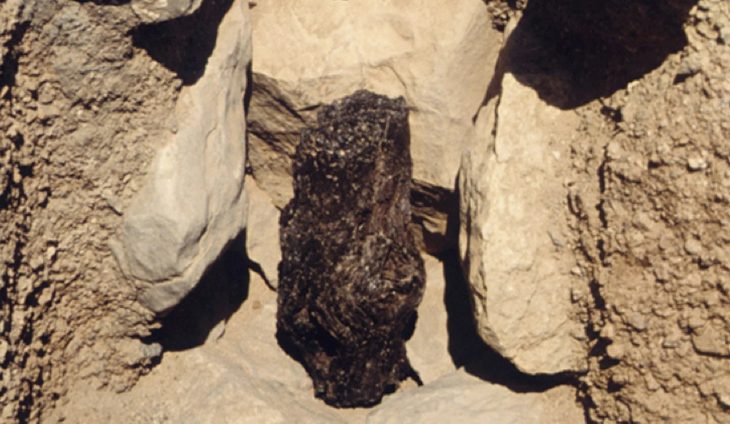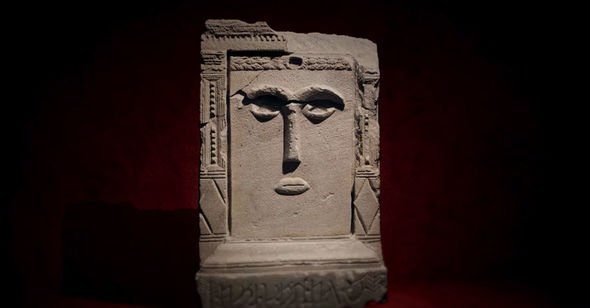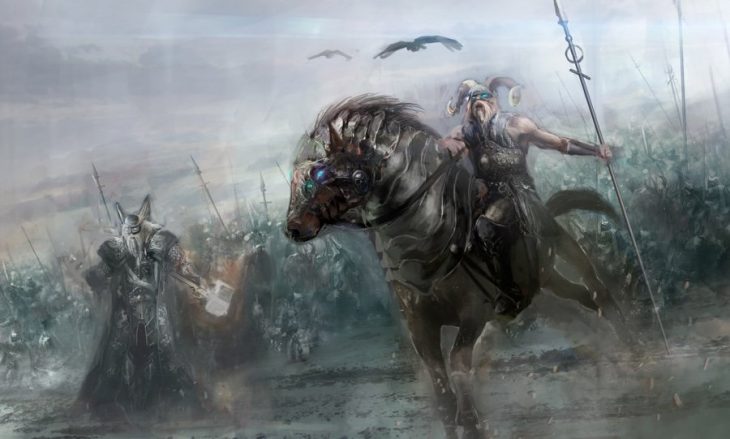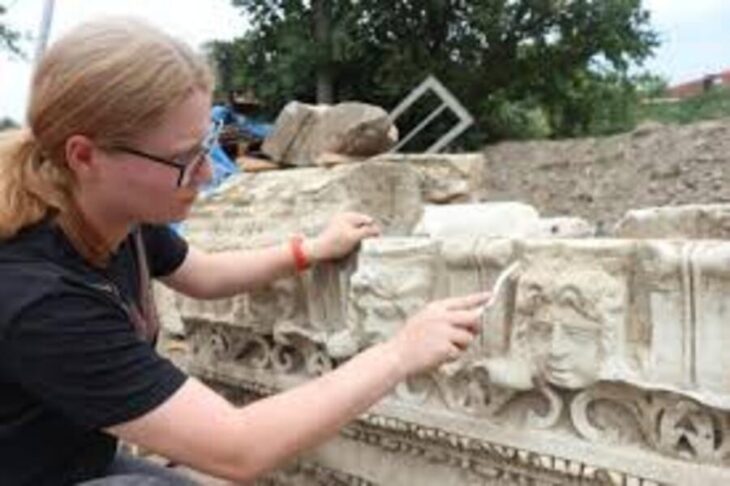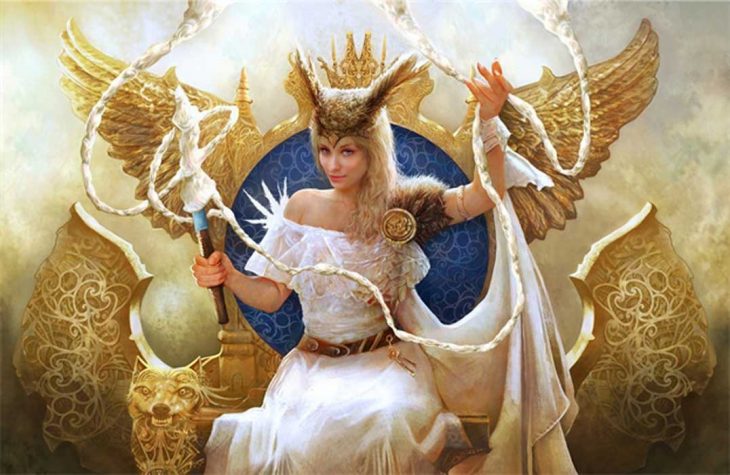Hittite mythology is a rich and complex belief system that reflects the influence of gods, goddesses, and natural forces on human life; this mythology is filled with profound narratives that shape the worldview, values, and cultural identity of ancient Hittite society.
In the rich tapestry of ancient mythology, the tales of Hedammu and Illuyanka stand out as captivating narratives that explore the eternal struggle between chaos and order. These legends, rooted in the Hurrian and Hatti cultures, not only entertain but also offer profound insights into how ancient peoples understood their world and the forces that shaped it.
As we delve into these myths, we uncover the timeless themes of conflict, divine intervention, and the human experience in the face of nature’s unpredictable power.
The Hedammu myth introduces us to a formidable serpent that embodies the chaotic forces of nature. Drawn to the land by the allure of a goddess, Hedammu wreaks havoc, threatening the very fabric of human existence. In response, the Storm God rises to the challenge, engaging in a fierce battle that symbolizes the age-old conflict between order and chaos. This struggle is not just a fight for survival; it reflects the belief that the gods must actively combat the chaotic elements of the world to maintain balance and harmony.
On the other hand, the Illuyanka myth presents a different perspective, where the serpent initially triumphs over the Storm God, taking his eyes and heart. This twist adds a layer of complexity to the narrative, highlighting the cyclical nature of life and renewal. With the help of a clever plan involving the Storm God’s son, the balance is eventually restored, but not without sacrifice. This myth, often associated with New Year celebrations, emphasizes the importance of renewal and the ongoing dance between divine powers and the forces of nature.
📣 Our WhatsApp channel is now LIVE! Stay up-to-date with the latest news and updates, just click here to follow us on WhatsApp and never miss a thing!!
Together, the Hedammu and Illuyanka myths offer a window into the ancient worldview, showcasing the intricate relationship between humanity and the natural world. They remind us that the struggle against chaos is a universal theme, one that resonates through time and continues to shape our understanding of the divine. As we explore these narratives, we not only appreciate their historical significance but also recognize their enduring legacy in the stories that continue to inspire us today.

The Hedammu Myth
The Hedammu myth is a Hurrian-origin tale that centers around a giant serpent named Hedammu. According to the myth, Hedammu lives in the ocean and represents the chaotic forces of nature that threaten humanity.
In the story, the serpent is drawn to the land by the allure of a goddess, often identified as Ishtar. Once on land, Hedammu begins to wreak havoc, posing a significant threat to people. In response to this danger, the Storm God, a deity associated with fertility and rain, takes action to confront the serpent. The Storm God engages in a fierce battle with Hedammu and ultimately defeats and kills the serpent. This struggle symbolizes the conflict between order and chaos, illustrating the ancient belief that gods must combat chaotic forces to maintain balance in the world.
Hedammu is often depicted in various artistic representations, sometimes as a snake with bull horns or as a figure with multiple serpents. The myth emphasizes the ongoing struggle between humanity and the chaotic elements of nature, as well as the role of the gods in this battle.
The Illuyanka Myth
The Illuyanka myth is a Hatti-origin tale that also revolves around a serpent, named Illuyanka. In this narrative, Illuyanka manages to defeat the Storm God, taking his eyes and heart, which leads to the god’s temporary incapacitation and the release of chaotic forces into the world.
In the first version of the myth, the goddess Inara invites the serpent and its family to a feast to assist the Storm God. During the feast, the serpent becomes intoxicated, and the Storm God seizes the opportunity to kill it. However, in the second version, Illuyanka not only defeats the Storm God but also takes his eyes and heart. To reclaim his lost powers, the Storm God devises a plan: he marries the daughter of a poor man to have a son who will eventually marry the serpent’s daughter. When the son marries the serpent’s daughter, he retrieves his father’s eyes and heart. Regaining his former strength, the Storm God then kills both the serpent and his own son.
The Illuyanka myth is often regarded as a typical New Year’s tale and is associated with the Hatti Purulli(ya) festival, which celebrates the renewal of the world and the reaffirmation of the king’s charismatic powers. This myth highlights the struggle between the forces of nature and the divine, as well as the cyclical nature of life and renewal.

Significance of the Myths
Both the Hedammu and Illuyanka myths play a crucial role in understanding the relationship between ancient societies and the natural world, as well as the role of deities in human life. These myths also illustrate the cultural exchanges between Hittite and Hurrian cultures and how these narratives transitioned into Greek mythology. The themes of struggle, power, and divine intervention found in these myths resonate in later Greek stories, such as the battle between Zeus and Typhon.
These mythological tales reflect the worldviews, beliefs, and cultural values of ancient peoples while also showcasing the human struggle against the forces of nature and the role of divine powers in that struggle.
In summary, the Hedammu and Illuyanka myths are not just stories; they are rich narratives that provide insight into the complexities of ancient belief systems and the ways in which these stories have influenced subsequent cultures, including the Greeks. They remind us of the enduring legacy of mythology in shaping human understanding of the world and the divine.
Sources: Hoffner, H. A. Jr. (1998). Hittite Mythology. Atlanta, GA: Society of Biblical Literature.
Liverani, M. (2014). The Ancient Near East: History, Society and Economy. London: Routledge.
Spalinger, A. J. (2005). Mythology of the Hittites. In G. Beckman, T. R.
Bryce, & E. H. Cline (Eds.), The Hittite World (pp. 123-145). London: Routledge.
Cover Image Credit: Twelve Hittite gods of the Underworld in the nearby Yazılıkaya, a sanctuary of Hattusa. Wikipedia

